The normal driver’s view
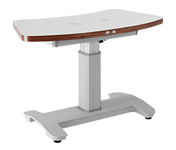 Ophthalmic Tables
Ophthalmic Tables 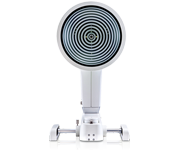 Topography
Topography 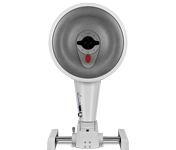 Tomography
Tomography 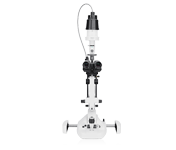 Slit Lamp / Documentation
Slit Lamp / Documentation 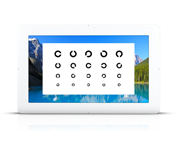 Refraction Equipment
Refraction Equipment 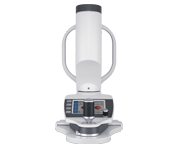 Myopia Management
Myopia Management 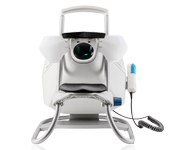 Perimetry
Perimetry 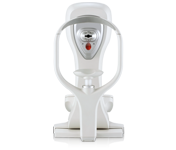 Tonometer
Tonometer 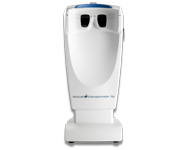 Visual Test Equipment
Visual Test Equipment 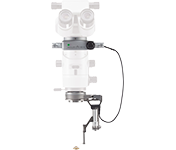 Vitreoretinal Surgery
Vitreoretinal Surgery 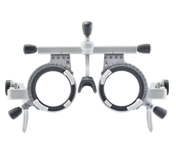 Refraction
Refraction 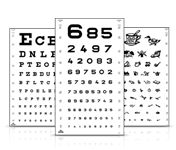 Vision Test Types
Vision Test Types 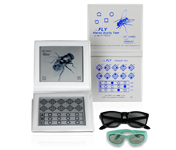 Stereo Tests
Stereo Tests  Eye Test Units
Eye Test Units 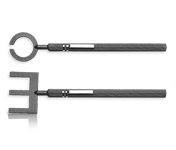 Orthoptics / Pleoptics
Orthoptics / Pleoptics 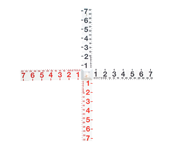 Other Products
Other Products 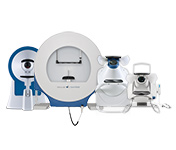 Perimetry
Perimetry 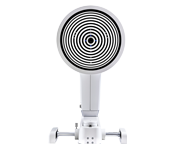 Dry Eye
Dry Eye 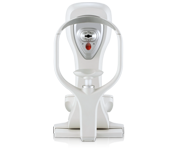 Corneal Biomechanics
Corneal Biomechanics 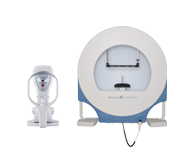 Glaucoma
Glaucoma 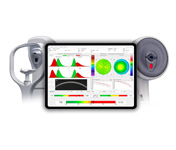 Ectasia Screening
Ectasia Screening  Myopia
Myopia 


Glaucoma is a group of eye diseases that cause progressive damage of the optic nerve at the point where it leaves the eye to carry visual information to the brain.
If left untreated, most types of glaucoma progress (without warning nor obvious symptoms to the patient) towards gradually worsening visual damage and may lead to blindness. Once incurred, visual damage is mostly irreversible, and this has led to glaucoma being described as the “silent blinding disease” or the “sneak thief of sight”.

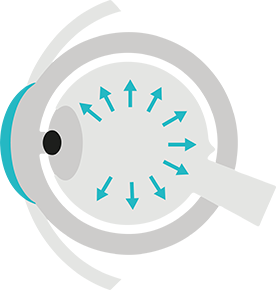
Glaucoma Facts - Worldwide
(Source: WGA, https://wga.one/wga/what-is-glaucoma/)



The normal driver’s view

Common textbook illustration of a glaucomatous field defect

The patient’s view: no apparent scotoma

“Glaucoma is one of the leading causes of irreversible blindness, but with early treatment, the damage may get limited and sight may be saved.”
 Fabian Lerner
Fabian Lerner
President World Glaucoma Association(2020 – 2021)
“By promoting regular testing, we also want glaucoma patients to get their relatives involved, as the chances of them getting glaucoma are 10 times higher than someone with no glaucoma history in their close family environment.”
 Ivan Goldberg
Ivan Goldberg
Council Member World Glaucoma Association




OCULUS has a number of methods and options to offer when it comes to glaucoma screening, follow-up and patient management:
Tonometry, perimetry, tomography, pachymetry and, new to the range, the Biomechanical Glaucoma Factor for early detection of normal tension glaucoma as well as biomechanically corrected intraocular pressure. All this is available from OCULUS.

The Glaucoma Experts from OCULUS
Download the PDF and get an overview about the devices and software, website links are implemented.
Download PDF
OCULUS SOLUTIONS for detecting Glaucoma
Download the extended brochure of OCULUS Glaucoma Experts with implemented statistics (Source WGA) and patient education.
Download PDF

Please note: The new GONIO ready® is not yet featured in the Glaucoma Experts’ brochure. Please visit oculussurgical.com/gonio-ready.html to learn more.


TonometryAir pulse tonometry is used for contactless measurement of intraocular pressure, which, in combination with pachymetry, is an important diagnostic indicator of glaucoma. |
|

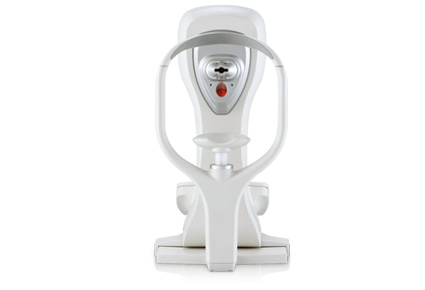
Biomechanical corrected IOP (bIOP)
The biomechanical corrected IOP (bIOP) takes corneal thickness, age and the biomechanical properties of the cornea into consideration. This enables an accurate IOP estimation even in case of altered biomechanical properties1.
1Hun Lee et al.: Changes in biomechanically corrected intraocular pressure and dynamic corneal response parameters before and after transepithelial photorefractive keratectomy and femtosecond laser–assisted laser in situ keratomileusis: Journal of Cataract & Refractive Surgery 43 (12), 2017: 1495 -1503.

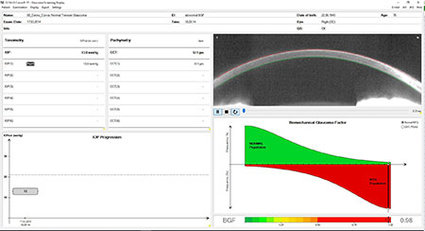
Biomechanical Glaucoma Factor (BGF): Screening for normal tension glaucoma
Intraocular pressure measurement will not indicate any elevated risk for glaucoma and also the optic nerve head might appear relatively normal. In Europe up to 30 percent of primary open angle glaucoma patients have a normal intraocular pressure, in Asia the incidence of NTG is even higher.
The Biomechanical Glaucoma Factor (BGF)2 was developed for the Corvis® ST and is an independent risk factor for normal tension glaucoma and can be used to screen for NTG patients.
2 Pillunat KR, Herber R, Spoerl E, Erb C, Pillunat LE.: A new biomechanical glaucoma factor to discriminate normal eyes from normal pressure glaucoma eyes. Acta Ophthalmol. 2019 Nov; 97(7)

Monitoring of retinal function has long been used in the diagnosis and follow-up of glaucoma. OCULUS has the right perimeter for every use: from spherical bowl perimeters covering a 90° visual field suited for all possible indications to compact devices covering the central visual field.
Even with an increasing number of various advanced imaging methods, perimetry remains the only method at hand for direct and comprehensive measurement of the visual function. Visual field tests continue to represent an important tool in early detection, staging and progression control of glaucoma. In the hand of an experienced practitioner, a perimeter is more than just a device for final confirmation of suspicions raised by previous diagnostic procedures; it can provide by itself precise and reliable information necessary for a diagnosis.
OCULUS offers a range of perimeters for every use: from 30° to 90° eccentricity, static and kinetic perimetry, portable or mounted on a purpose-designed table. All four perimeters from OCULUS are united by one and the same unique software. They are intuitive to operate and powered by extremely fast and reliable strategies – good for you, good for your patients.



Glaucoma is one of the most common eye diseases. The Fast Screening Report is a tool for detecting abnormalities quickly. Make use of the evaluation of anterior chamber angle, depth, volume and corneal pachymetry data based against published papers


The Pentacam® provides automatic evaluation of the anterior eye segment, from the anterior corneal surface to the posterior lens surface using a rotating Scheimpflug camera. The non-contact measuring process takes only 2 seconds and performs up to 50 single captures. In total, up to 138 000 true elevation points are detected and processed to a 3D model of the anterior eye segment.

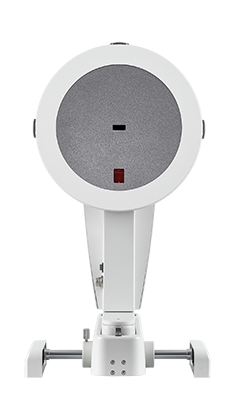
Pentacam®
The Gold Standard for anterior
eye segment tomography
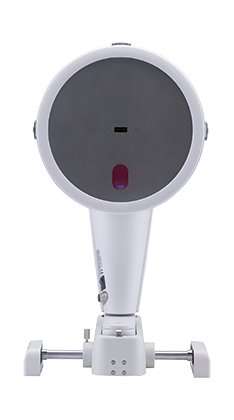
Pentacam® HR
High-resolution Scheimpflug images
of the anterior eye segment
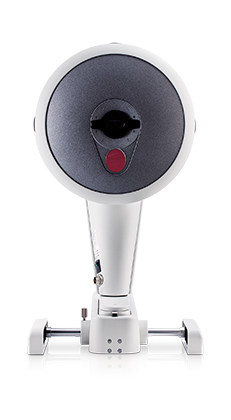
Pentacam® AXL
Anterior segment tomography
and optical biometry
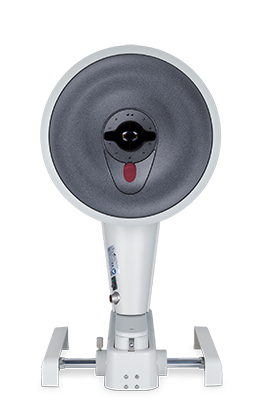
Pentacam® AXL Wave
Anterior segment tomography,
optical biometry, objective
refraction,
retroillumination
and wavefront aberrometry

Product Categories